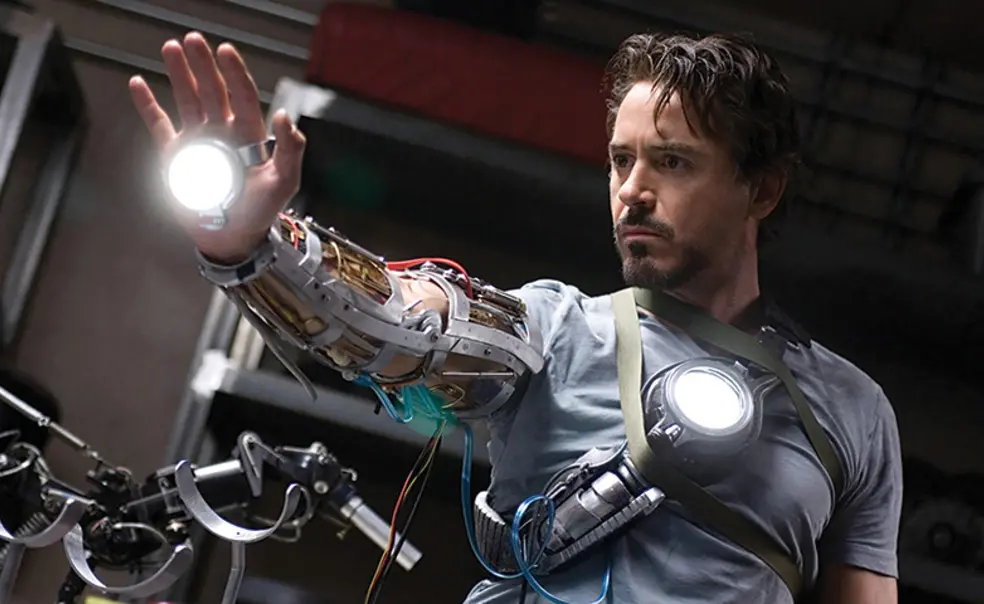Class Close Up: Exploring the Science of Superheroes
‘Everyone genuinely enjoys the lectures and wants to come and listen,’ said Chloe Raichle ’23
You might be surprised to know that one of Princeton’s most advanced science classes often starts with a few minutes of a Marvel or DC movie. The extraordinary skills and abilities of superheroes and other fantastic creatures were the inspiration behind Shane Campbell-Staton’s class, The Biology of Superheroes: Exploring the Limits of Form and Function, new to Princeton this spring.
“We use comic books, superheroes, [and] science fiction as thought experiments to explore the mechanisms of life, extreme adaptation, biologically inspired engineering, brain-machine interfacing … [a] pretty broad array of subjects,” explained Campbell-Staton, an assistant professor of ecology and evolutionary biology (EEB).
His twin passions of science and superheroes first melded when he got hooked on comic books as a graduate student. At night, Campbell-Staton said, he had “phenomenally strange dreams,” where the comic books meshed with academic papers he was reading “in all of these weird ways.”
The results were this course, which he first ran at UCLA, before coming to Princeton in 2021, and a podcast, “The Biology of Superheroes,” which he co-hosts with Arien Darby, a senior global brand manager at Warner Bros. They’re working on season two, coming later this year.
The 24 EEB majors in the class met twice a week in Schultz Laboratory.
“Often, hour-and-a-half lectures at 8:30 in the morning can be pretty dry,” said Chloe Raichle ’23. “But the attendance [for this course] has actually been fantastic because everyone genuinely enjoys the lectures and wants to come and listen.”
Not only does Campbell-Staton use in-depth examples from popular comics, movies like Jurassic Park, and even the 2023 hit HBO drama series The Last of Us to teach diverse scientific concepts, but he also investigates related sociological and ethical impacts. For example, Justice League superhero Cyborg and Tony Stark of Iron Man served as jumping off points for a discussion on bioengineering, its limitations, invasive interfaces, and psychological side effects.
“I wasn’t expecting such a broad synthesis of all these different scientific topics, but I really appreciate that,” said Claire Galat ’23. “It’s been very helpful to combine everything I’ve learned.”
For the midterm, each student wrote a paper synthesizing a scientific theory that stemmed from a fictional biological phenomenon.
“As long as the scientific concepts were advanced enough, and as long as we were putting enough detailed work into it, we had a lot of freedom to do what we wanted,” said Raichle, who wrote about the 1982 horror film The Thing to explore shape-shifting and regeneration.
For the final, students worked in groups to conduct another thought experiment, though Campbell-Staton asked them to come up with more creative formats for their finished products — perhaps even a comic book.












No responses yet